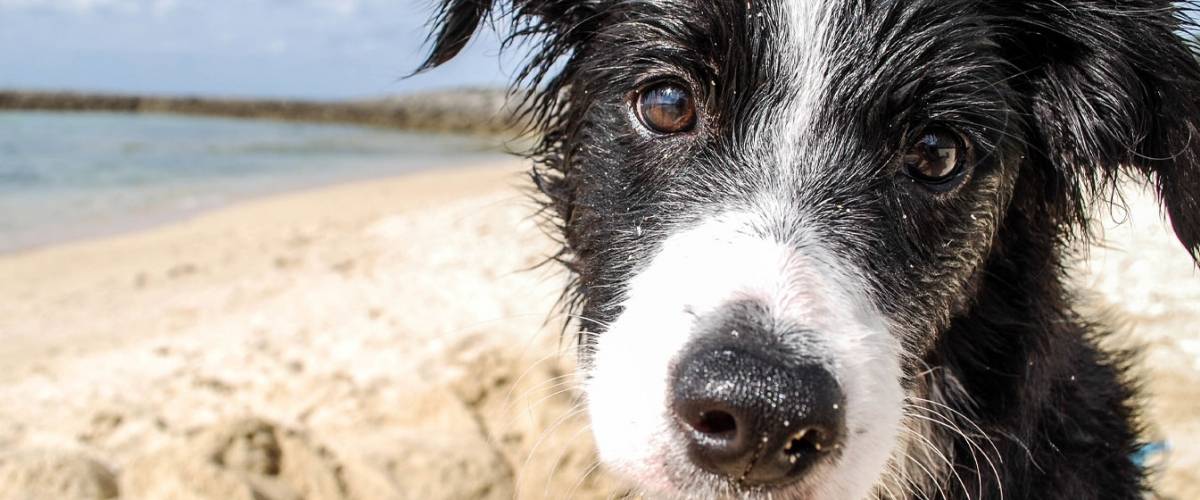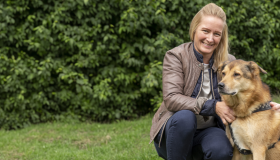
June 20, 2019 – “Your pet has cancer.”
Many of us have had a veterinarian give us this frightening news. In the moment, we’re stunned and not sure what to think or expect. As easy as it might be to feel that way, it’s important to remember how far we’ve come in cancer treatment. There is more reason to hope now than ever before and more treatments will be possible thanks to research you can support.
Dr. Lewis Berman, a retired veterinarian and former Morris Animal Foundation trustee, was able to witness decades of cancer treatment progress firsthand. In 1961, he opened Park East Animal Hospital in New York City. Early in his career, he remembers that cancer slowly became more prevalent among his patients, but that options to address it were very limited.
“In the old days, we always thought about how to cut the cancer out through surgery. We’d go in and remove it as best we could, maybe amputating limbs. If that didn’t work, you didn’t know what to do,” said Dr. Berman.
Year after year, and case after case, science began to catch up. Dr. Berman was amazed to see advances in not only the knowledge of how cancer worked, but also how to treat it. Surgery became part of a treatment suite, often including chemotherapy and/or radiation treatments. Oncology became a more common specialty and Dr. Berman knows his successors in the veterinary world are in a much better place today when it comes to options for cancer treatment.
“There is a major attitude change for the average general practitioner. They can give a guarded, but optimistic prognosis when an animal presents with cancer,” he said. “Today, if you hear your dog or cat get that diagnosis, it doesn’t have to be the end. They can live a normal life for years.”
Morris Animal Foundation funded its first cancer study in 1962, only a year after Dr. Berman’s practice opened. The investigation was one of the first to try to gain a basic understanding about the formation of tumors in dogs. Since then, the Foundation has funded more than 300 cancer studies, investing nearly $40 million. Each study continued to narrow in on specific types and aspects of animal cancers. Recent examples include studies that will:
- Investigate the effectiveness of combining radiation therapy with an immune-stimulating agent to help slow the spread of osteosarcoma, the most common bone tumor in dogs
- Look at a new way to check the completeness of tumor removal.
- Evaluate a combination of ionizing radiation and an anticancer compound to minimize pain for cats being treated for squamous cell carcinoma, the most common type of feline oral cancer.
- Explore the use of nanoparticles to deliver chemotherapy directly to a bone tumor, without destroying nearby normal cells.
“Research has to be the answer. There’s no other way of licking these things,” said Dr. Berman. “The more we know about it, the more we’ll know about what causes it and how to treat it.”




